MAN sets its sights on long distance coach buses
The city bus sector is already partly electrified, so bus manufacturers are setting their sights set on the intercity and touring sector. Developers at MAN Truck & Bus are now working on the coach of the future. We spoke to Heinz Kiess, Head of Product Marketing Bus at MAN, about the drive system of the future MAN coach.
***
MAN has an electric city bus family with buses measuring 10, 12 and 18 metres in length. A few months ago, the company presented an electric bus chassis for the global market. Moreover, the manufacturer will soon release an electric intercity bus. But MAN is also looking at long-distance passenger transport. In the middle of the decade, the Munich-based manufacturer wants to premier an electric coach, initially on a test basis. MAN manager Heinz Kiess spoke with electrive correspondent Rüdiger Schreiber about the company’s roadmap for electric mobility and the particular demands of long-distance travel. Kiess also explained why hydrogen plays only a secondary role in the company’s plans.
The trend towards battery electric public buses in Europe continues. Intercity buses are slowly following. You are also working on a BEV chassis for bodybuilders; when will something exciting for long-distance bus travel follow?
MAN’s declared goal is to further advance environmentally-friendly mobility and make transport cleaner, quieter and safer in cities worldwide and, where desired, overland routes. That will also apply to coaches in the future because a mobility turnaround can only take place with a modal split, which means that coaches are one of the pillars.
Electric buses are already a reality, the electric bus chassis is coming, and exciting things are about to happen with the electric intercity bus. When will the electric coach from MAN make its debut?
The following scenario is conceivable from today’s perspective: There will still be a combustion engine market after Euro 7. However, it is impossible to estimate what that market for classic engines will look like. We believe it will likely become more technical, but from today’s perspective, very challenging. The share of emission-free vehicles will rise to 50 per cent by 2025. Then there will also be something literally electrifying from the MAN coach segment.
That sounds like concrete plans. What can you say about MAN’s future tour coach’s drive system?
MAN forecasts that classic combustion engines will make up about 50 per cent of the market in 2030. Forty-two per cent will be BEVs and 8 per cent FCEVs. As things stand today, the coach will have a battery electric drive. But for this to happen, there must also be charging infrastructure across Europe.
The figures suggest that coaches will get a Euro 7 engine after all.
Yes, we will still use a combustion engine for a long time in long-haul transport. And given the synergies across the group, there will still be combustion engines for markets outside Europe.
Back to Europe. Will MAN remain loyal to battery drives under the umbrella of the Traton Group and Volkswagen AG?
Studies already show the competitiveness of battery-electric drives. The battery is the clear winner if you compare diesel drives with battery electric, fuel-cell and LNG drives. And the technology is developing so rapidly that in the coming years, batteries will deliver the range that an electric coach needs.
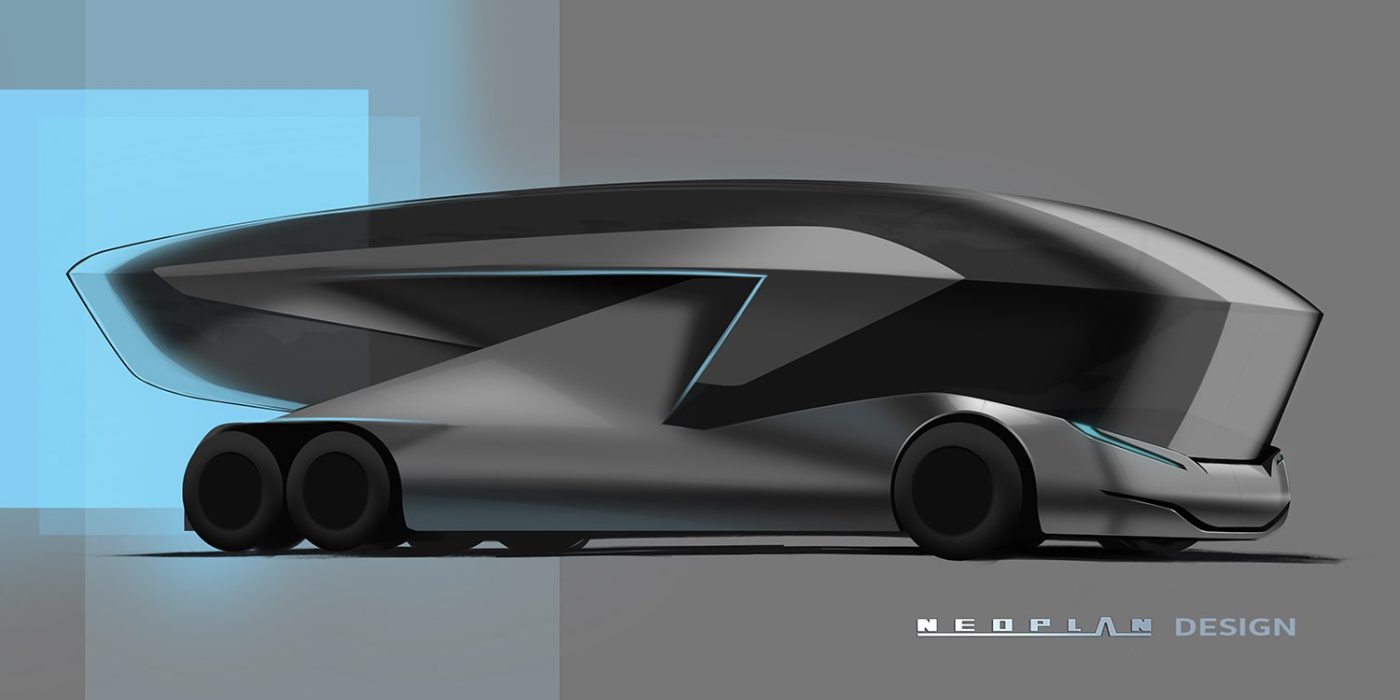
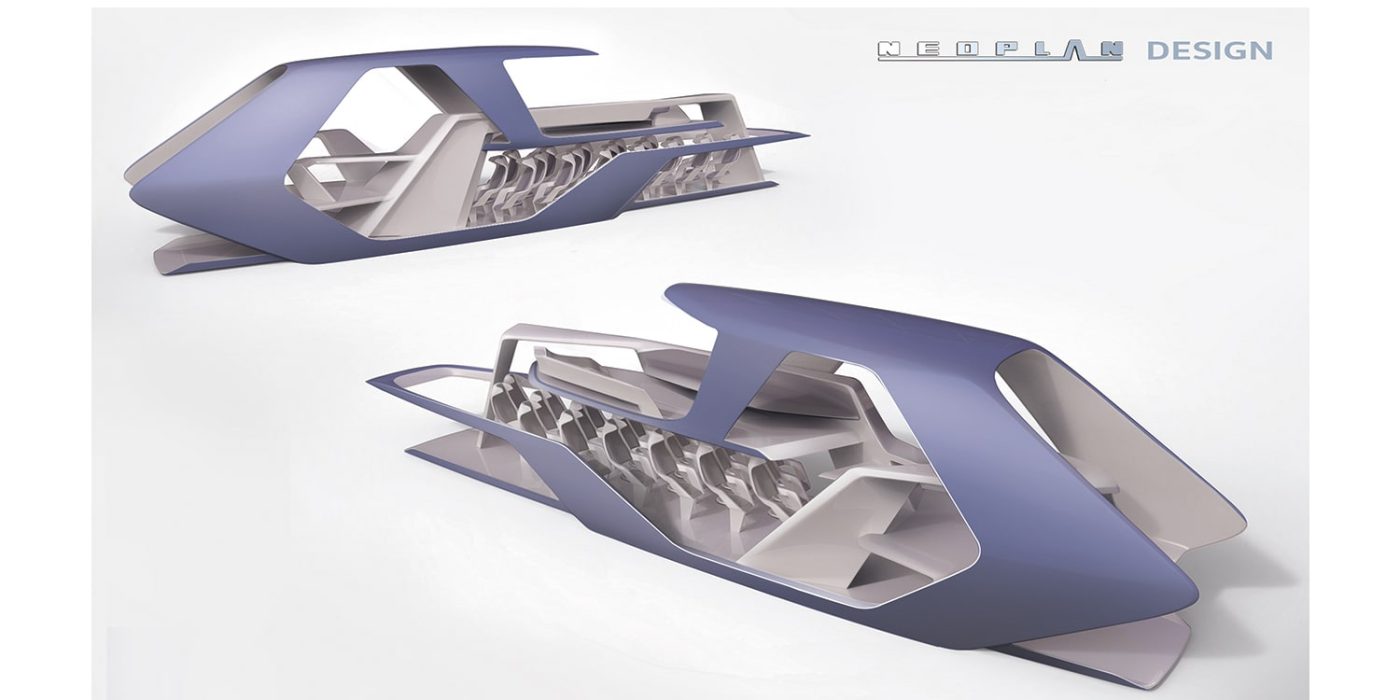
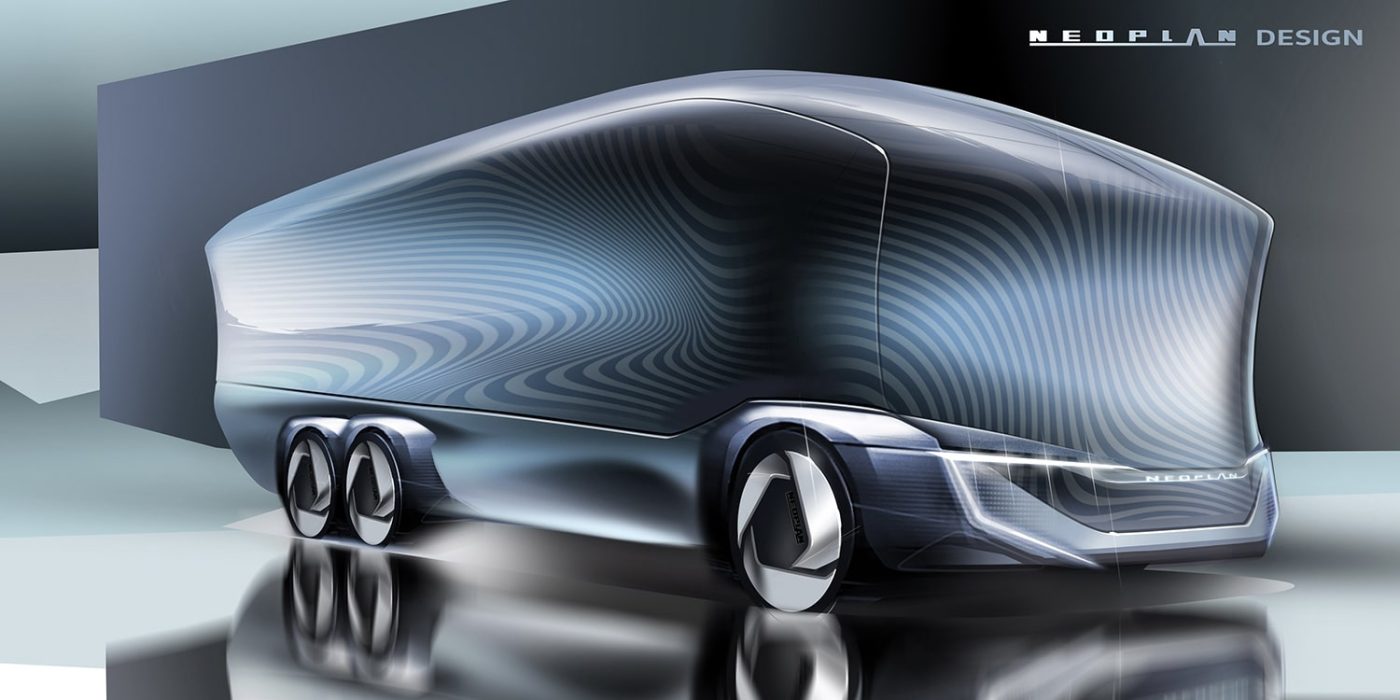
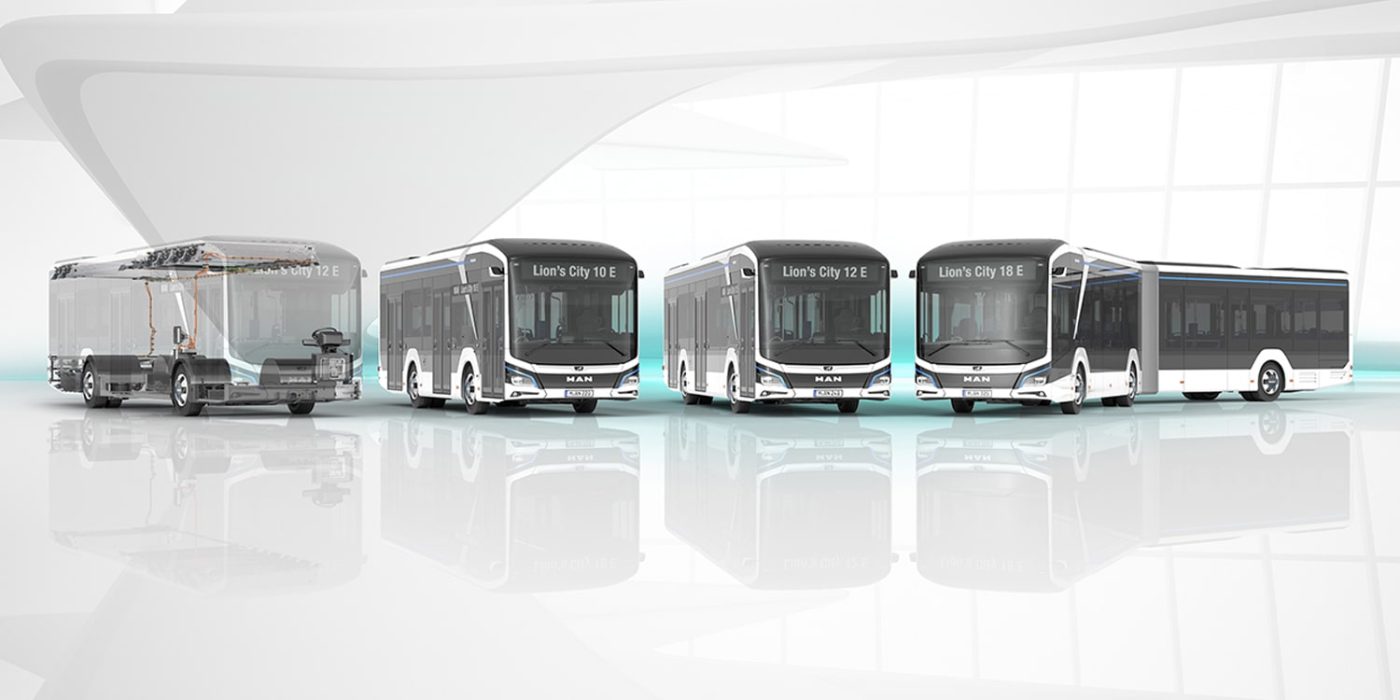
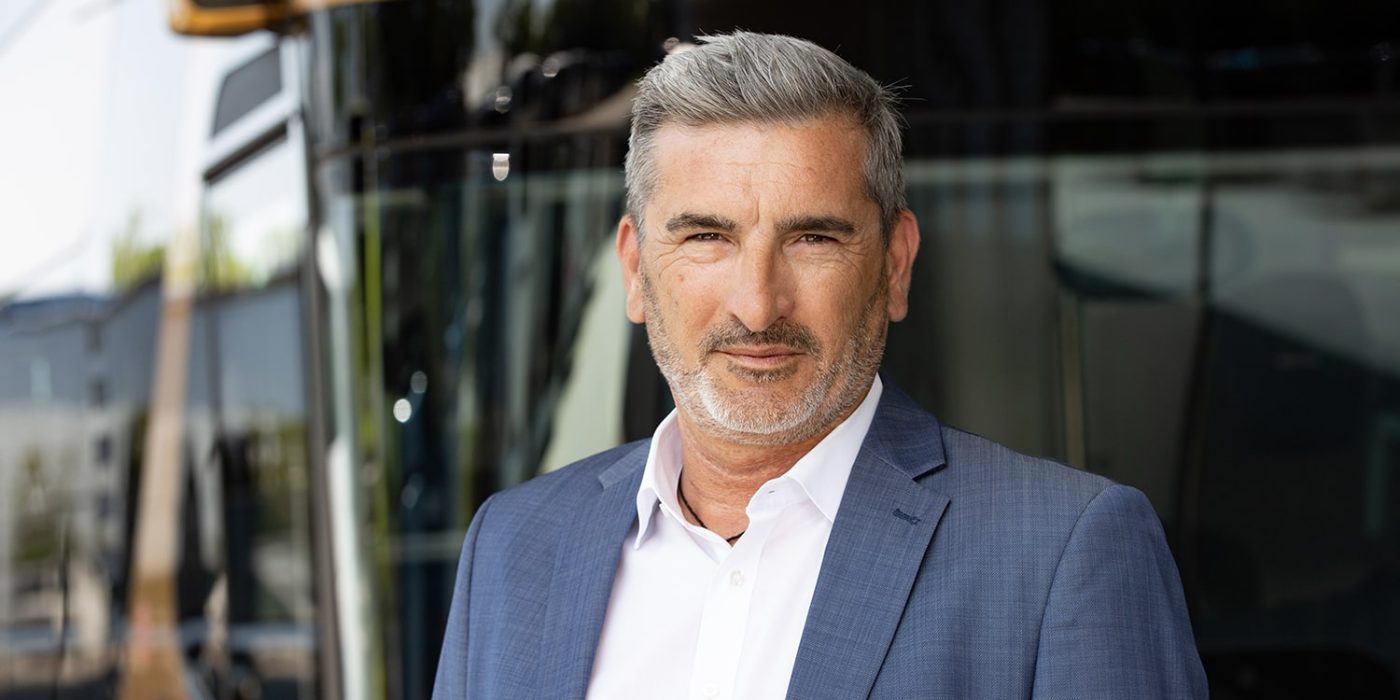
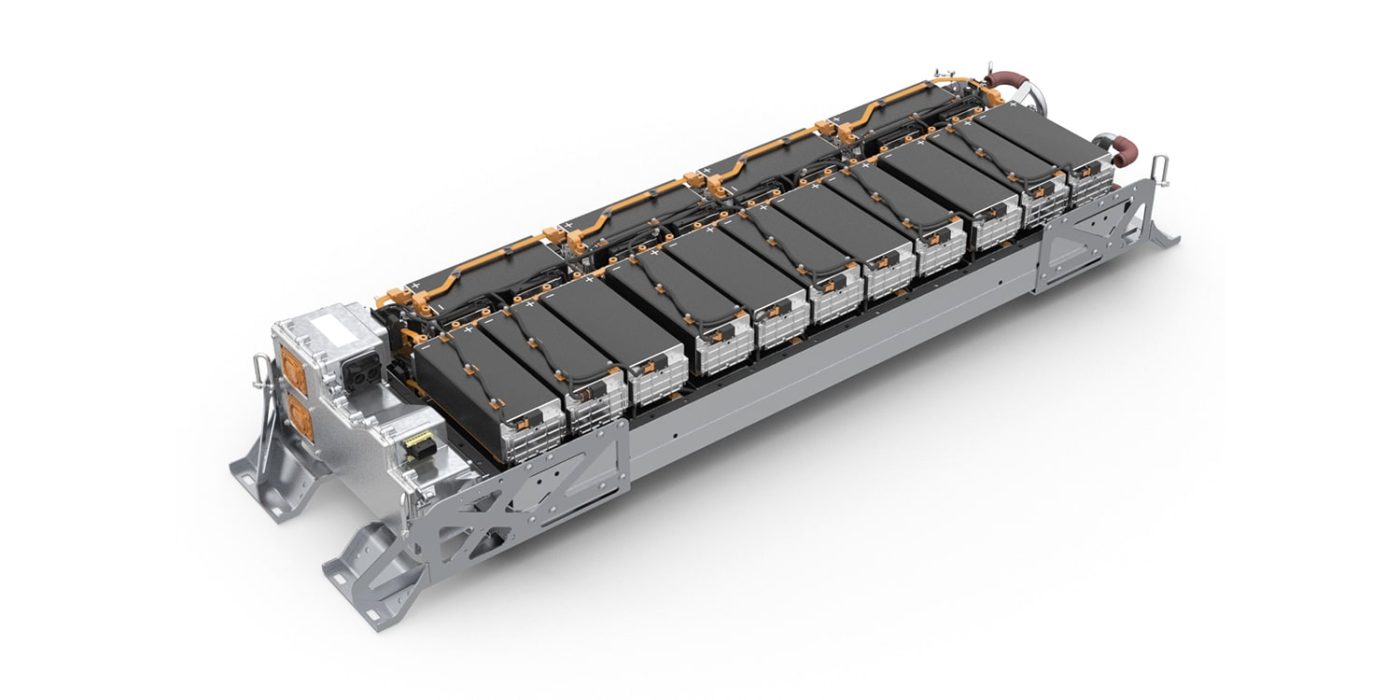
Why does the battery beat hydrogen?
High costs, low energy efficiency and few filling stations are important points against hydrogen from today’s perspective. And the lack of availability of green hydrogen as well as the costs of the fuel cell are not conducive to widespread introduction.
You are looking to deploy battery electric coaches across Europe. What do you make of the regional differences and the expansion of filling stations for BEVs and FCEVs?
The expansion of the infrastructure in Europe must be seen against the background of different energy prices. Favourable electricity prices in some countries lead to early TCO parity compared to diesel propulsion, as seen in Norway. And in Sweden, too, the potential for hydrogen for mobility is comparatively low. Conversely, TCO parity is expected relatively late in Spain, Italy, and Greece.
Is hydrogen no alternative at all or only a small one?
Hydrogen is attractive in the transition phase, as seen in Germany. Politically desired and supported, TCO parity for BEVs will come somewhat later, but it will come. That is also because battery technology continues to improve. The clock is ticking, and the investments and subsidies for hydrogen would have to be pushed today for it to be available in 10 years.
The battery also beats the fuel cell in terms of efficiency and well-to-wheel.
Yes, hydrogen is undoubtedly less efficient. With electricity, we have a high efficiency of around 75 per cent, whereas hydrogen has a maximum of 25 per cent well-to-wheel. And keep in mind that some countries, for example in northern Europe, are not even setting up hydrogen fuelling infrastructure. That is an essential factor when looking at the road ahead and the development in the coach sector.
So there is a lot to be said for a battery electric coach. What will charging look like when the first vehicles go to customers for driver trials?
Our truck colleagues in the group are giving us some interesting insights. They are leaning towards megawatt charging with short charging times at stations along the motorways. We could adapt this 1:1 for the BEV coach.
Considering drivers’ breaks, what ranges do you expect for an electric coach?
With a charging power of 350 to 375 kW, the operating profile of a diesel-powered coach can already almost be replicated with an electric coach today; a good 400 km range and the legally required break can be achieved.
And where does the bus driver charge the electric coach during the break?
At one of the hopefully numerous charging stations in Germany and Europe. That will only be possible with government support, especially the installation of the charging infrastructure. It is a political matter for the whole of Europe. Especially in the case of buses, which will also travel off the motorways and have to be charged at night in front of hotels or in bus car parks in the city, political decisions are needed now more than ever.
What else will the coach of the future offer besides a battery electric drive?
Of course, the drive is one of many areas MAN is currently working on. Taking the strain off the driver behind the wheel is also a topic we are looking at in projects. That includes, for example, new assistance systems to make driving easier. However, regardless of the technology, we are worried about the drivers because, although we continue to see assistance systems making things easier for them, we do not expect autonomous driving to become a reality for coaches in the next ten years. Personally, I cannot imagine us driving driverless on the motorway before 2040. The (bus) driver is still an important factor!
Considering its many medium-sized companies, is the bus industry ready for the electric coach?
I get a lot of feedback on the presentations I give on this topic at association conferences. Again and again, pricing is a key issue for bus companies. Our goal is that the cost per kilometre for the BEV coach should be comparable to that of a conventionally powered coach.
The coach of the future offers passengers…
…something new. MAN has re-imagined the coach, and our designers are highly motivated. The exterior design and the passenger compartment break tradition and promise an exciting future for and with the coach! There is a focus on sustainability regarding materials or using a solar roof. But there will also be more comfort for passengers and a flexible interior design. Stay tuned: the coach will become a stretch limo with the best CO2 footprint.
The electric coach will have a completely new appearance?
Yes, because of its drive, there is a lot of potential in aerodynamics. Electric coaches will undoubtedly come with mirror replacement systems, a different body shape, and maybe even spoilers and other sophisticated solutions. Of course, we will use geodata and, in the medium term, a certain level of automated driving.
When will the coach market be completely electrified?
Realistically, not before 2028. The infrastructure is still not there. We don’t know what charging infrastructure will look like in the future. And our engineers are working intensively on thermal management for the electric coach, which has to fulfil completely different parameters than a battery electric public bus.
It sounds like the electric coach is within reach for MAN. When and how will it hit the road?
We will put the first battery electric coaches on the road in 2026. They will be pre-series vehicles that we will test together with our customers. And without giving too much away, we will start with a three-axle bus.
Was a three-axle vehicle chosen with battery weight in mind?
Because the batteries weigh about two tonnes, a three-axle vehicle makes perfect sense. But here, too, we will equip the vehicles according to demand. We will remain true to the modular principle – depending on the intended use, customers can adjust the number of battery packs.
And where on the coach will the batteries be located?
We will not use the roof. If you look at the classic design, there are installation spaces ideally suited for battery storage: nominally, the former engine or the luggage compartment. Our engineers, together with the designers, have found a clever solution. And before you ask, there is also one for the axle load weight distribution at the front. But I won’t reveal any more details today.
The focus is still on electric city buses. And there is another segment between city buses and coaches.
MAN Truck & Bus has kicked off a real electric offensive. We are looking at the city and intercity portfolio, yes. And with the coach, we are looking at an exciting future. Our BEV roadmap is set, and electric buses are gaining more and more momentum.
Mr. Kiess, thank you very much for the interview.
Author: Rüdiger Schreiber
Tranlated from German for electrive.com

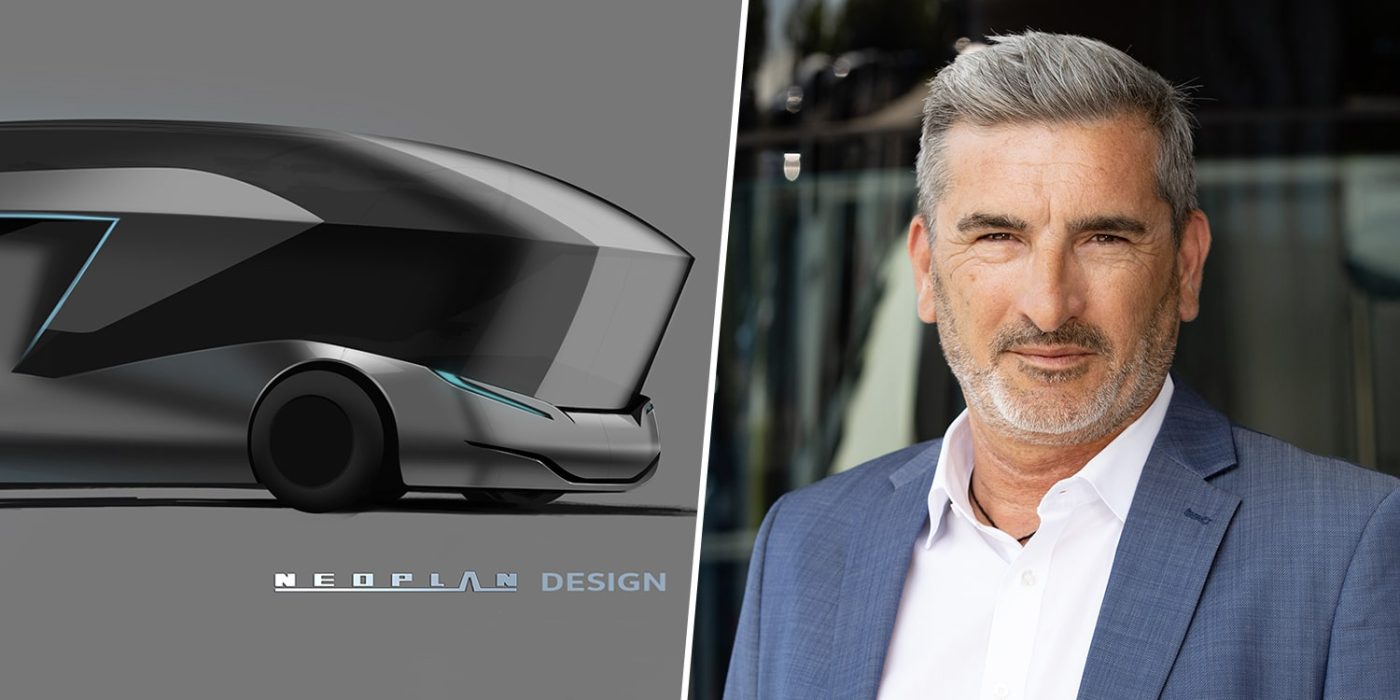
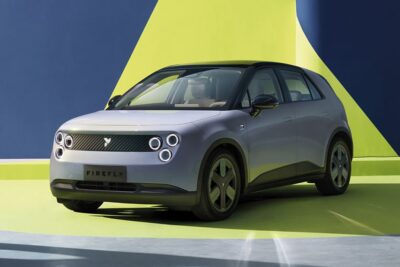
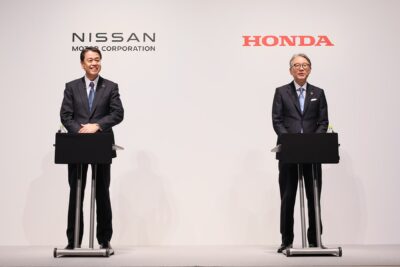
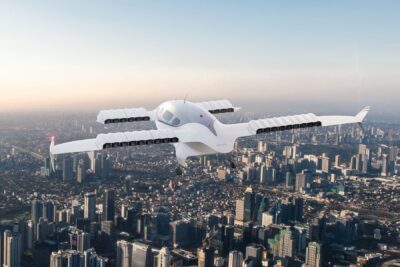
0 Comments